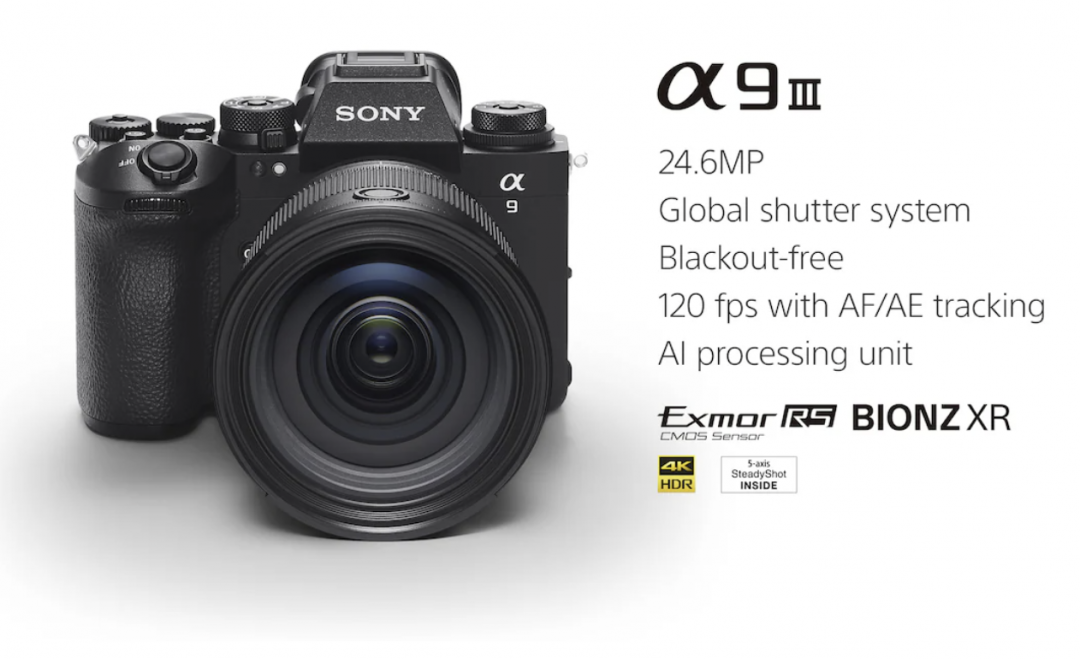相機收購
相機收購canon put AI cameras in its Chinese offices that only let smiling workers inside
相機收購canon put AI cameras in its Chinese offices that only let smiling workers inside
/
The latest example of dystopian workplace surveillance
Share this story
相機收購canon Information Technologies
Tech company
相機收購canon has come up with a downright dystopic way to tackle the problem of workplace morale: it’s installed cameras with AI-enabled “smile recognition” technology in the offices of its Chinese subsidiary
相機收購canon Information Technology. The cameras only let smiling workers enter rooms or book meetings, ensuring that every employee is definitely, 100 percent happy all the time.
This depressing tale was highlighted in a report from The Financial Times on how Chinese companies are surveilling employees to an unsettling degree with the help of AI and algorithms. Firms are monitoring which programs employees use on their computers to gauge their productivity; using CCTV cameras to measure how long they take on their lunch break; and even tracking their movements outside the office using mobile apps.
“Technologies are increasing the pace for people who work with machines instead of the other way around”
As the King’s College London academic Nick Srnicek told the FT: “Workers are not being replaced by algorithms and artificial intelligence. Instead, the management is being sort of augmented by these technologies […] Technologies are increasing the pace for people who work with machines instead of the other way around, just like what happened during the industrial revolution in the 18th century.”
相機收購canon Information Technology actually announced its “smile recognition” cameras last year as part of a suite of workplace management tools, but the technology doesn’t seem to have gotten much attention. Indeed, the fact it passed under the radar is a good illustration of just how common surveillance tools like this are becoming — and not just in China.
Although readers in the West sometimes have a tendency to dismiss the sort of surveillance described by the FT as a foreign phenomena, countries like the US and UK are just as culpable. Amazon is perhaps the prime example of this dynamic: it’s known for squeezing every ounce of effort from its warehouse workers at the expense of their health, and even ranking their productivity using algorithms before firing those at the bottom of the scale.
Such modern-day Taylorism is not restricted to blue collar jobs, either: many modern software suites like Microsoft 365 come with built-in surveillance tools. And with more people working from home because of the pandemic, more companies are deploying these features for fear of losing control over their workers. (Or, for a slightly more cynical read: they’ve always wanted to use these tools and the pandemic provides a handy pretext.)
In other words: AI-enabled smile recognition cameras are in many ways the least dangerous types of surveillance technology. They have the benefit of being obvious. Other systems of control are much more subtle, and probably coming to an office near you sometime soon.
 (圖/翻攝Sony官網)
(圖/翻攝Sony官網)
Sony 上週發表新一代 A9 III 旗艦單眼,首度替消費級單眼相機帶來「全域快門」,打造極為驚人的 120fps 連拍速度,是相機產品的一大突破。為了與 Sony 一較高下,傳出
相機收購canon、Nikon 下一代均有相對應的作法。
全域快門指的是電子快門的掃描方式,傳統是由下至上的逐行掃描,高速拍攝會因為時間差造成果凍效應,使部分物體在照片中呈現歪斜。全域快門則是一次將所有訊號掃描送出,可以完美避免果凍效應、黑屏,非常適合高速攝影用途。
事實上,全域快門並非 Sony 的獨家技術或是全新黑科技,
相機收購canon 早在去年就曾展示多款具備該技術的感光元件,不過主要應用在工業用途,此外也曾在 2016 年應用在
相機收購canon 旗下的電影攝影機 EOS C700 GS。
根據外媒《
相機收購canonRumors》消息指稱,
相機收購canon 不會跟隨 Sony 在新款單眼相機使用全域快門,而是透過加快讀取速度,縮小與全域快門的速度差距。此外,據傳
相機收購canon 下一代用在 EOS R5 Mark II、EOS R1 的感光元件效能,將有顯著的進步幅度。
外媒《NikonRumors》則是爆料,Nikon 正在準備一款對應 2024 年奧運的高速相機,據傳會是機皇 Z9 的另一個特化版本,可能被稱為 Z9H,與過去 D1H、D1X 產品定位類似,規格上會縮減一半的像素,以爭取成為 Nikon 史上拍攝最快的全畫幅相機,是否跟進全域快門則尚無進一步消息。
相機收購
相機收購
:format(webp)/cdn.vox-cdn.com/uploads/chorus_asset/file/22664515/
相機收購canon_smile_recognition.jpeg)